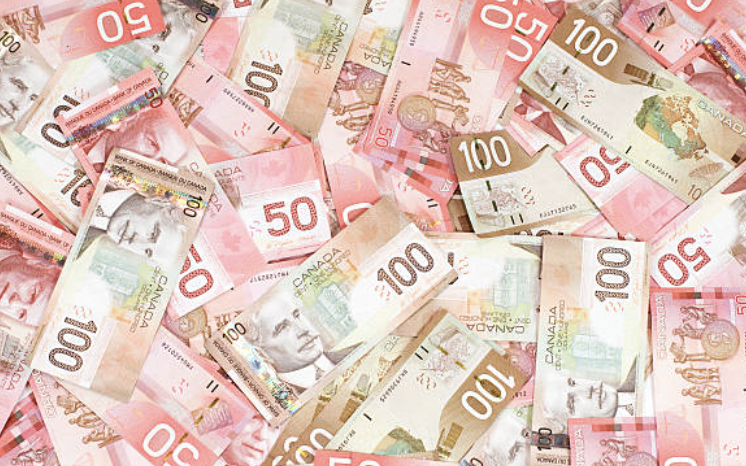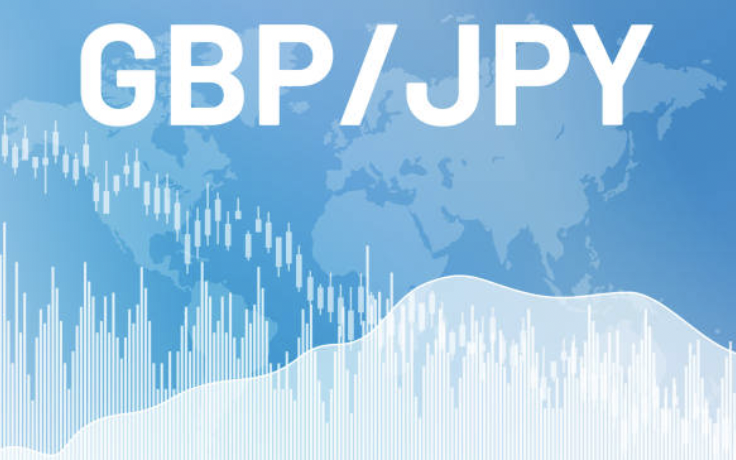
Daniel Rogers
May 10, 2022 10:07
In the Asian session, the US dollar index (DXY) is fluctuating within a narrow range of 103.58-103.77 as investors anticipate the release of the US Consumer Price Index (CPI), which will determine the asset's future path. Wednesday will see the release of the US CPI, and investors anticipate a decline. The preliminary estimate for the US CPI is 8.1%, compared to the multi-year high of 8.5% recorded last month.
NFP reached 428k last week. It increased the likelihood that the Federal Reserve (Fed) will raise interest rates by 75 basis points (bps) in June. On the other hand, a lower inflation estimate suggests that recent quantitative measures are preventing inflation from surging, and a similar occurrence could force the Fed to adopt a less aggressive hawkish approach. Therefore, investors are uncertain whether to bet with or against the DXY, which has caused the asset to move sideways.
According to an interview with Bloomberg, Atlanta Fed President Raphael Bostic stated on Monday that the Fed's most recent 50 basis point rate hike was a "aggressive" move and that the Fed can maintain this pace. By the end of 2023, a Fed policymaker anticipates an interest rate range between 2.0 and 2.5 percent.
Key events this week: Consumer Price Index (CPI), Initial Jobless Claims, and Producers Price Index (PPI). Michigan Consumer Sentiment Index (CSI).
On the back burner are the Russia-Ukraine Peace Talks, China's CPI, and Christine Lagarde's address as President of the European Central Bank (ECB).


May 09, 2022 10:23
